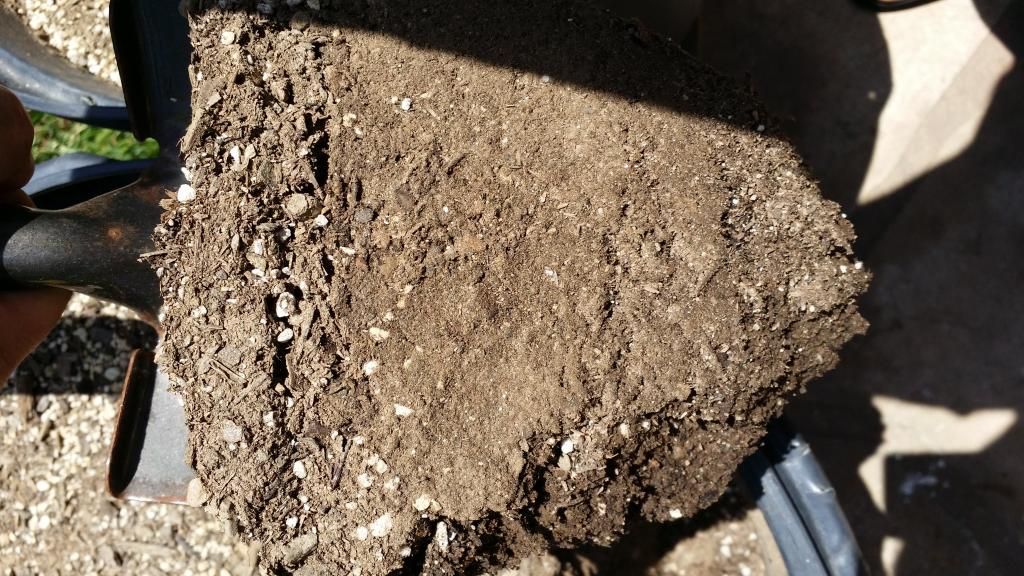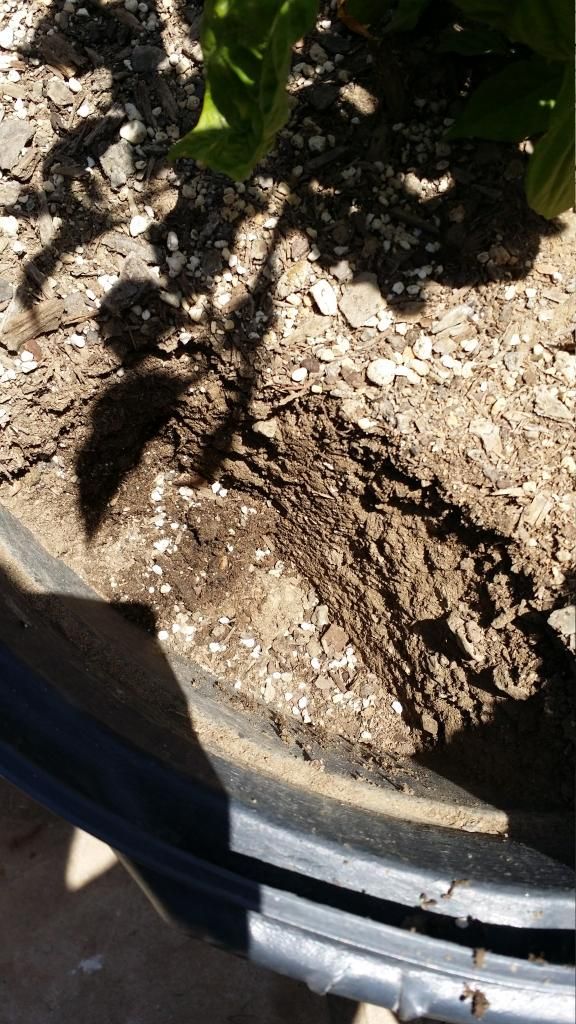Multi part total noob questions here and I did search/read through posts before asking. Using Fox farm grow big and the directions state, for normal use 2-3 teaspoons per gallon every other watering or 4 teaspoons for heavy. I have 12 plants and basically divide the gallon between those 12, is this the correct way or should I be using more fertilizer/water per plant? Application method thus far has been, water plants until soil is damp then dose fert/water mix.
I also read that people stop dosing ferts when plants start to flower? I'm assuming my plants are a little small this far into the season due to the thrip issues I had early on. I potted up several times and they were never root bound, from 2in-4in-6in-1gal then 15gal from mid April to mid June. I'd prefer they grow larger but I haven't been pinching off flowers, should I be concerned about dosing ferts since they are blooming or just try to get them to grow? I just started dosing after they had been in the 15s for two weeks followed by a foliar compost tea application the next week. Pics below to address size and flowering questions and the reason my plants are off the ground.
I keep asking myself if I should have just bought peppers vs. plants but I know it will be worth it. Hopefully I can overwinter these in my sun room and get a better start next year.
Thanks again for your time,
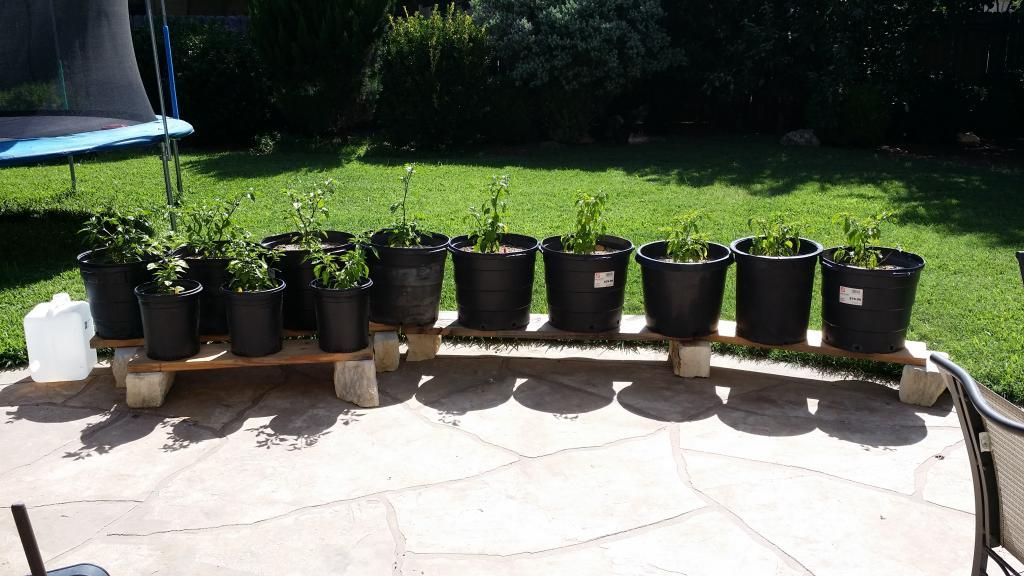
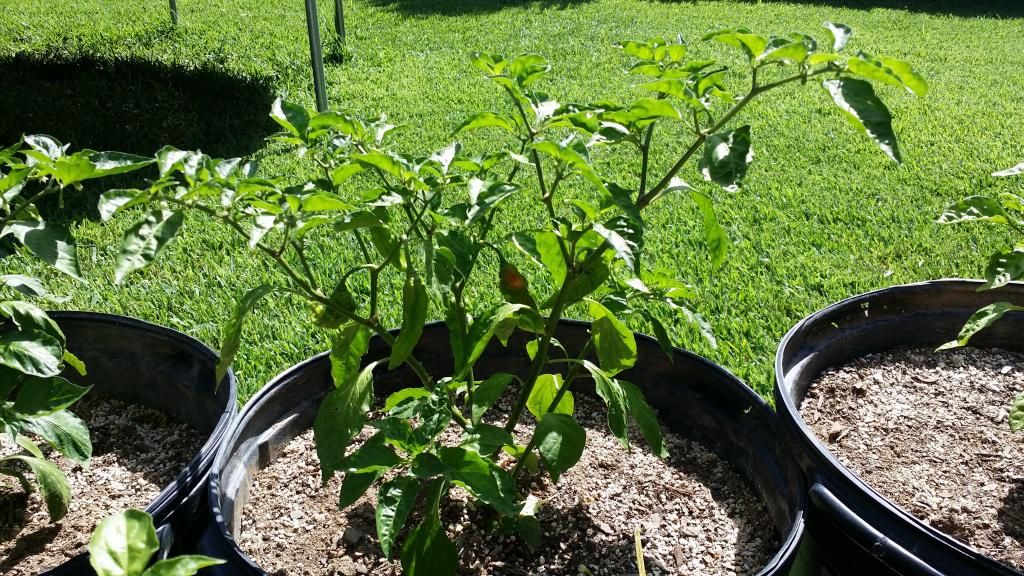
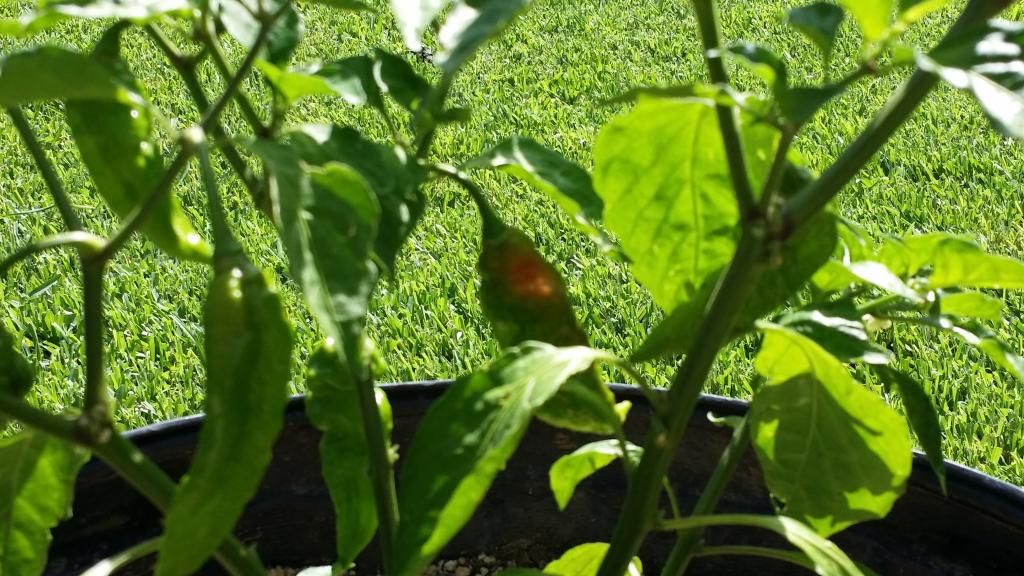
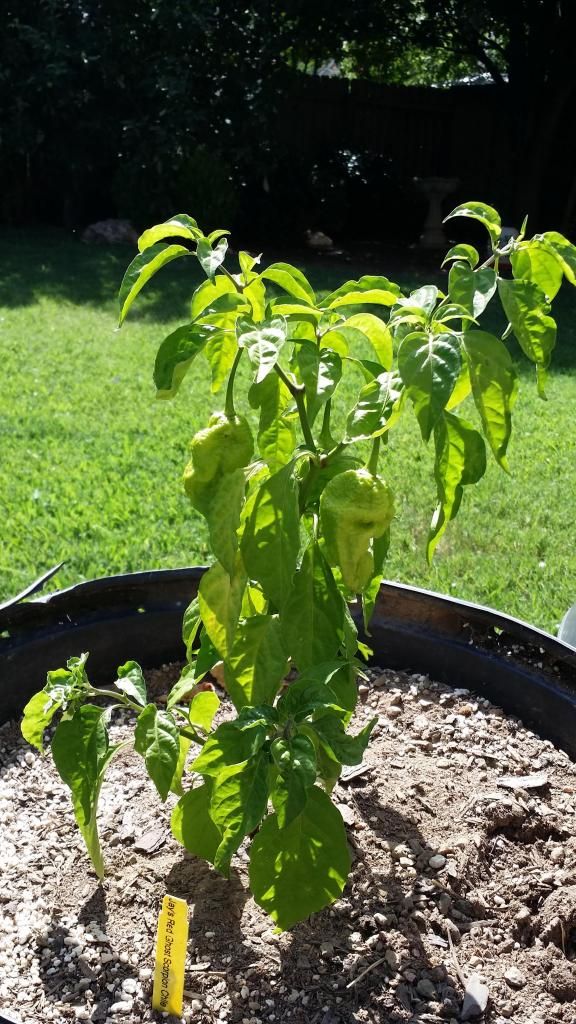
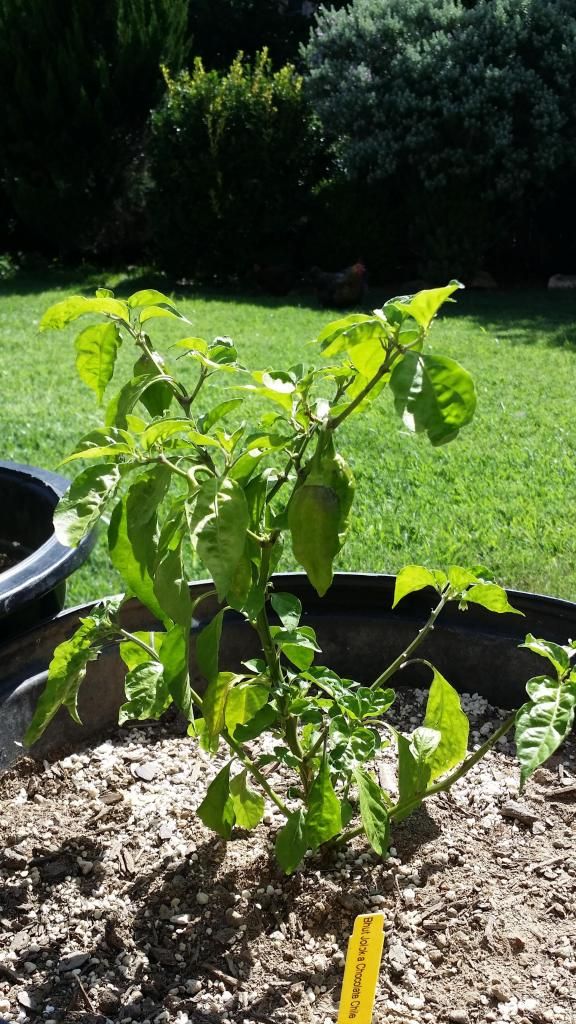
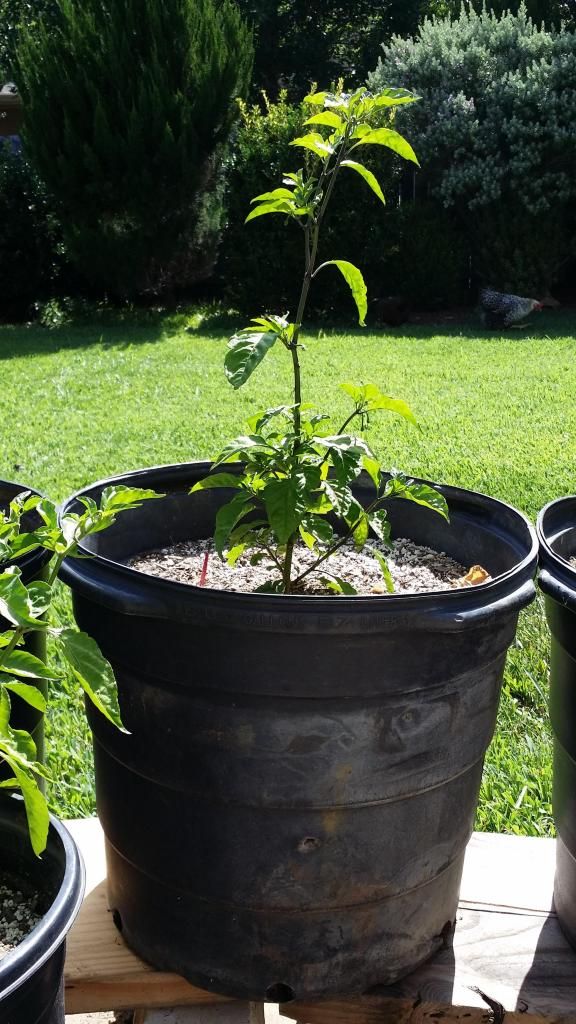
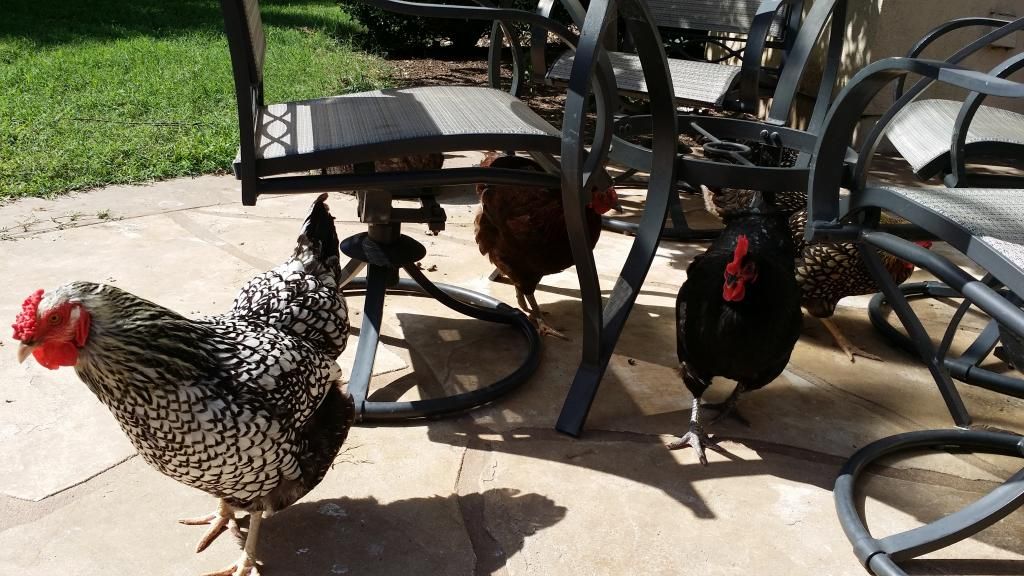
I also read that people stop dosing ferts when plants start to flower? I'm assuming my plants are a little small this far into the season due to the thrip issues I had early on. I potted up several times and they were never root bound, from 2in-4in-6in-1gal then 15gal from mid April to mid June. I'd prefer they grow larger but I haven't been pinching off flowers, should I be concerned about dosing ferts since they are blooming or just try to get them to grow? I just started dosing after they had been in the 15s for two weeks followed by a foliar compost tea application the next week. Pics below to address size and flowering questions and the reason my plants are off the ground.
I keep asking myself if I should have just bought peppers vs. plants but I know it will be worth it. Hopefully I can overwinter these in my sun room and get a better start next year.
Thanks again for your time,








